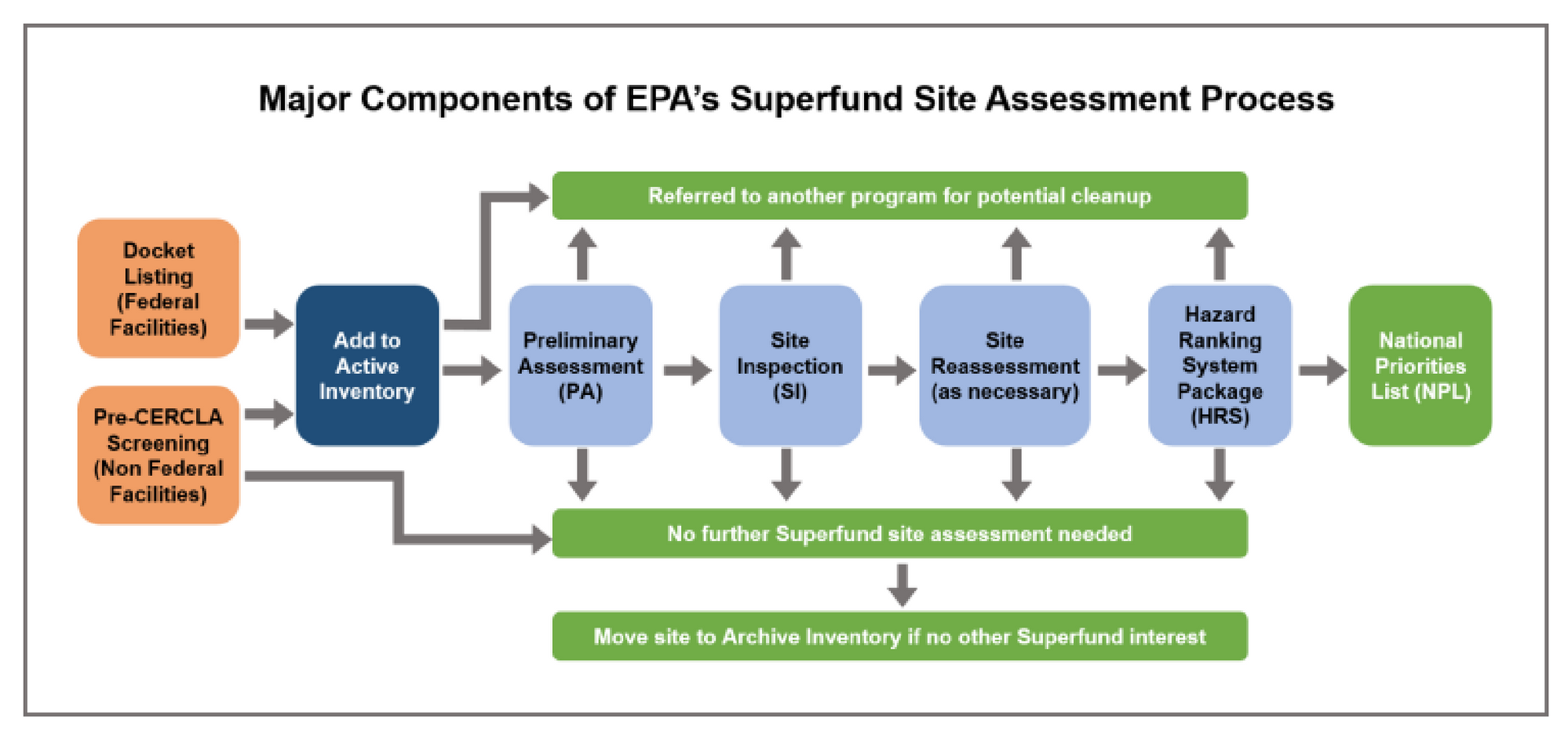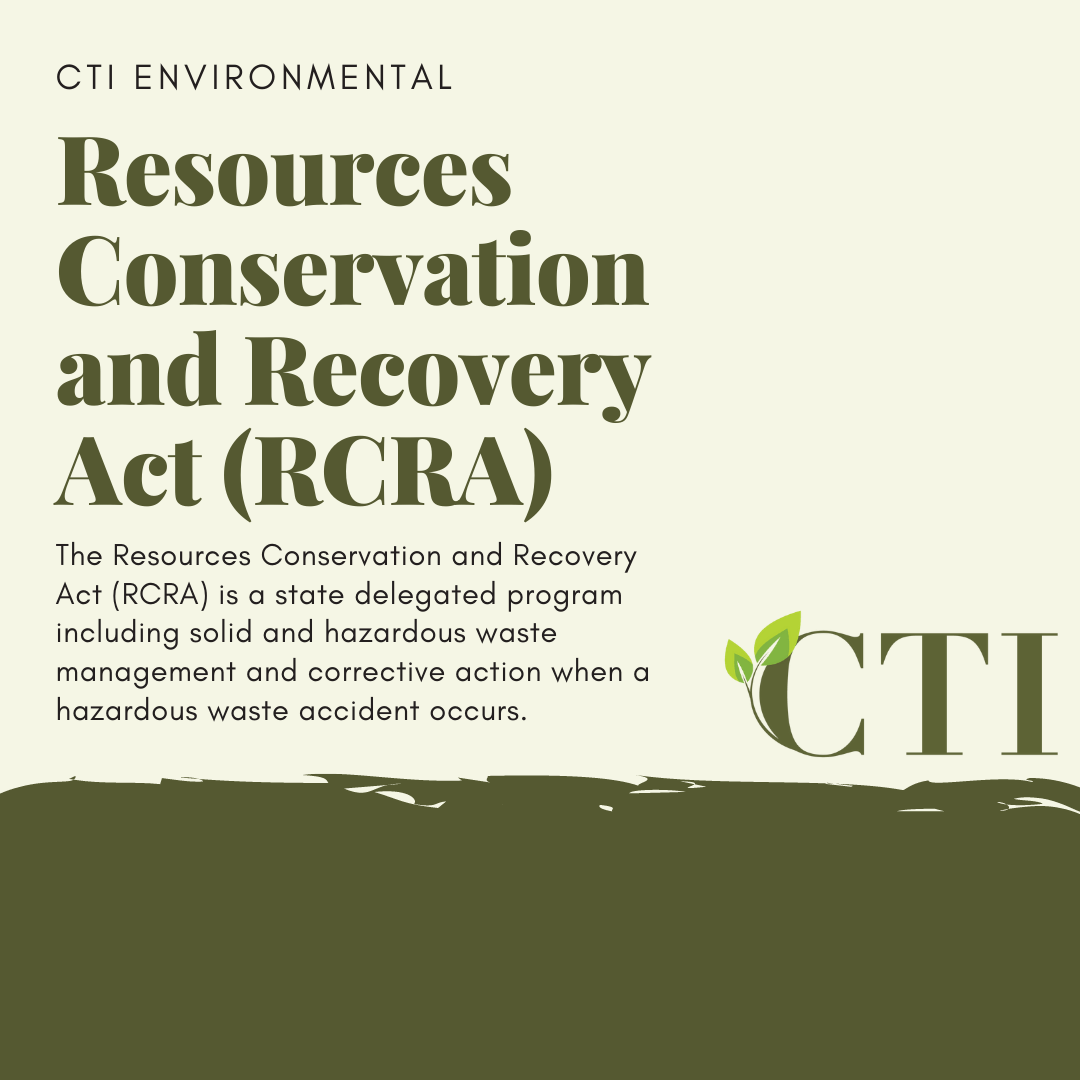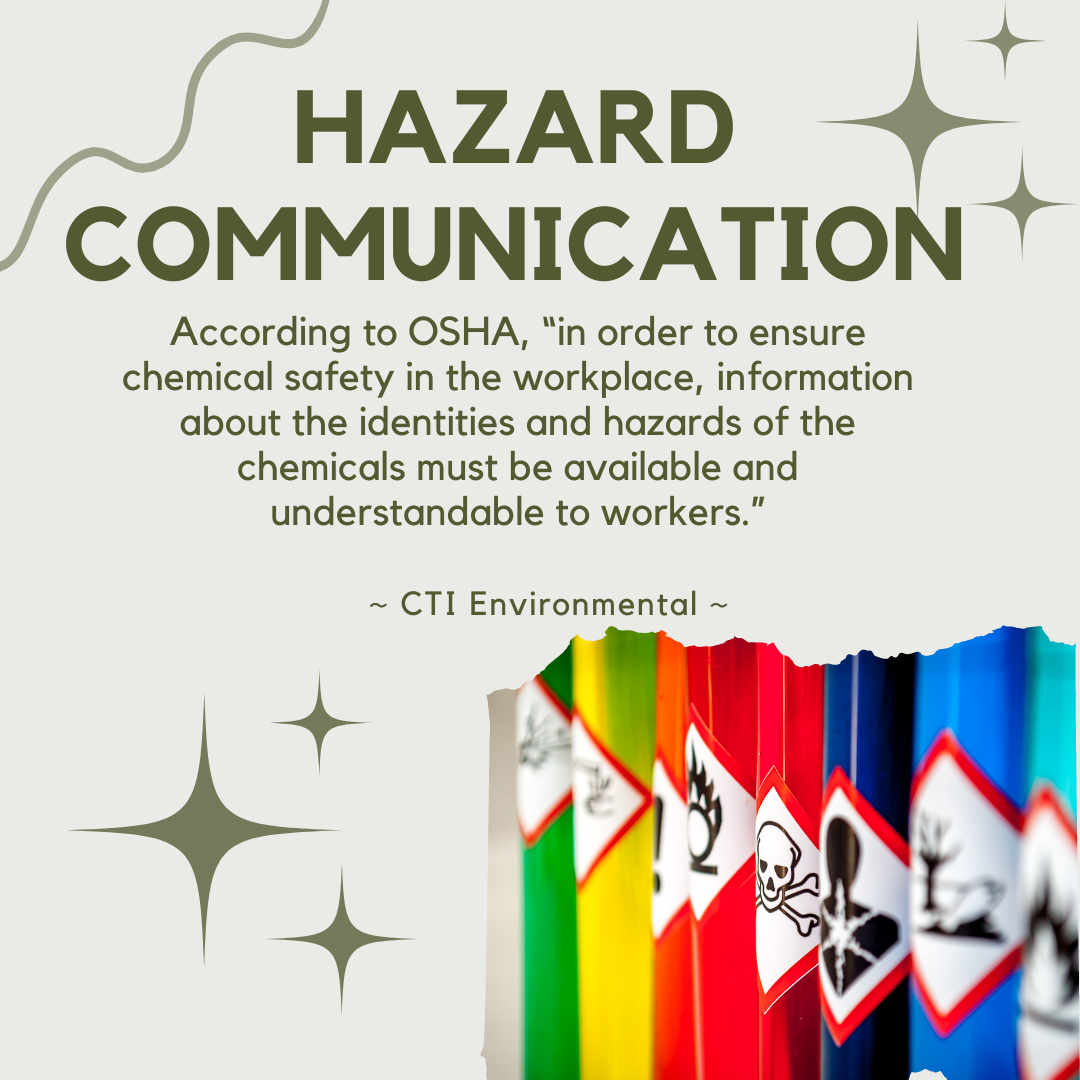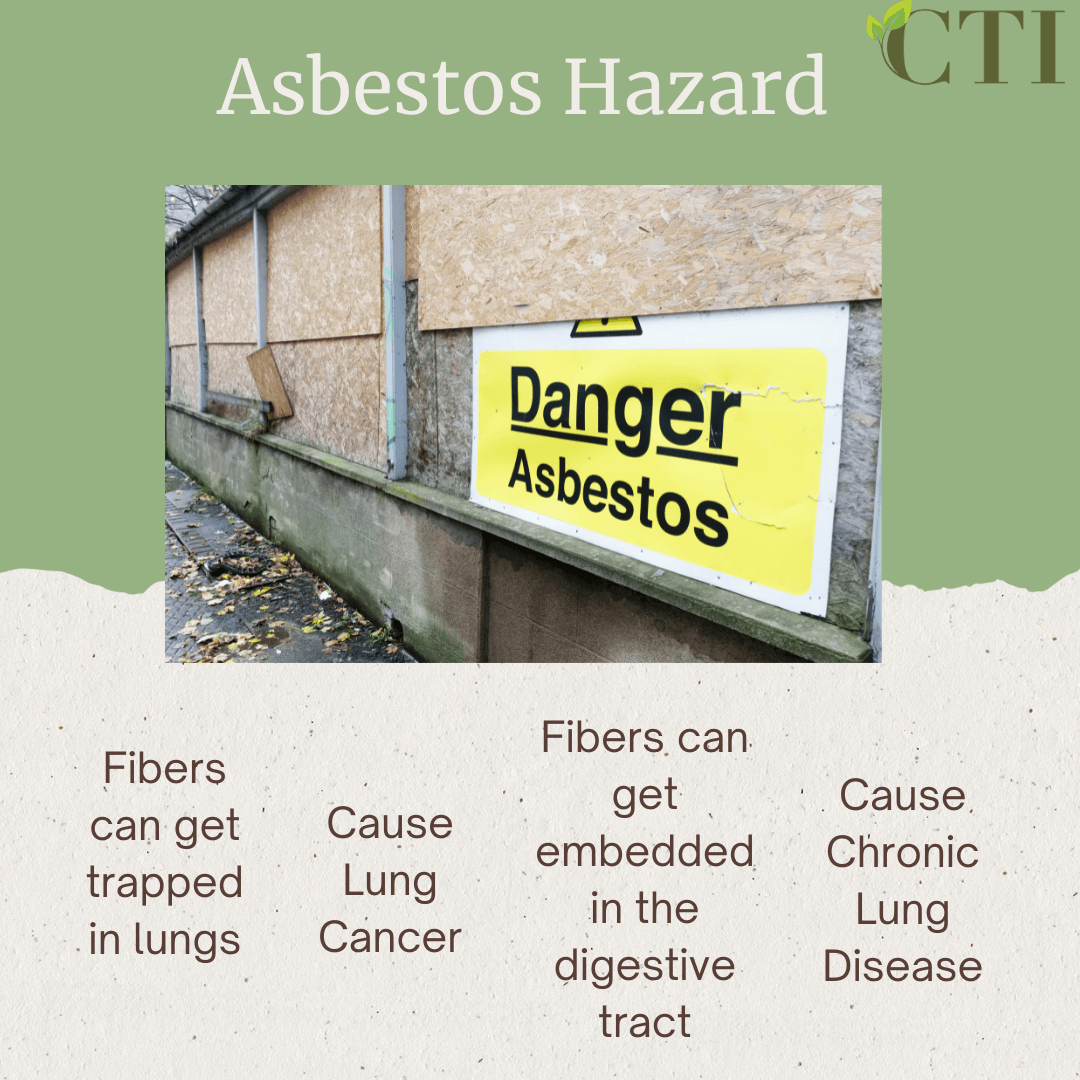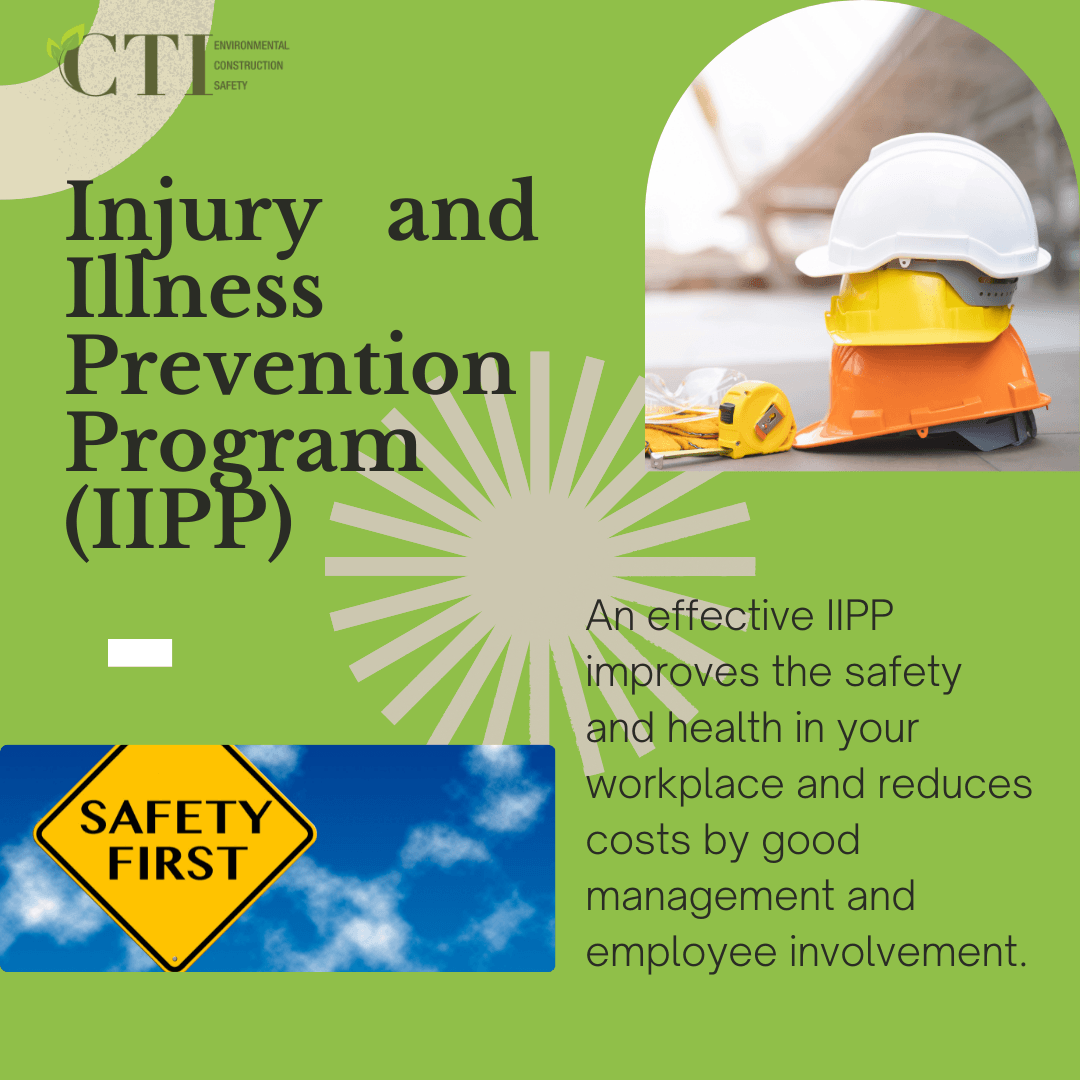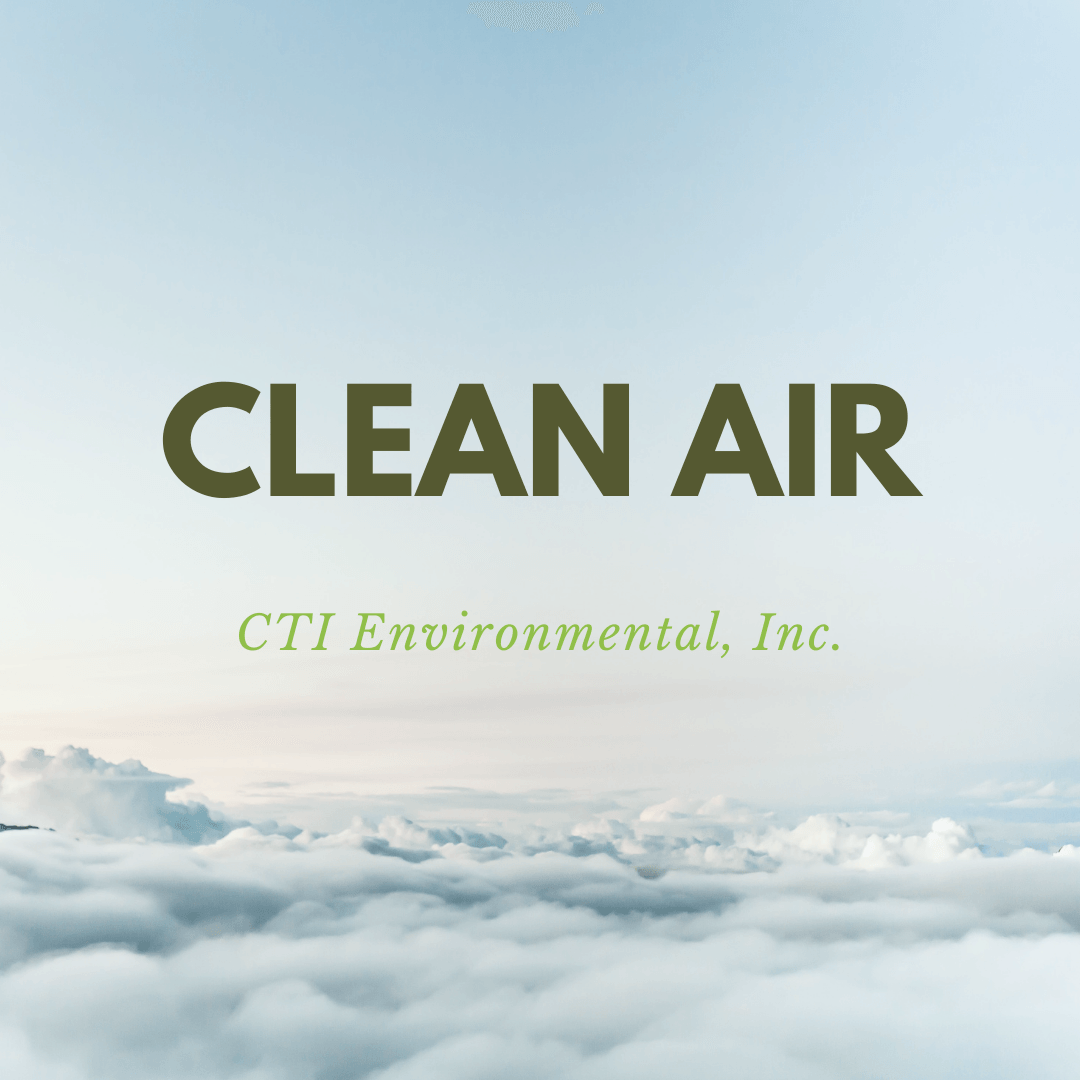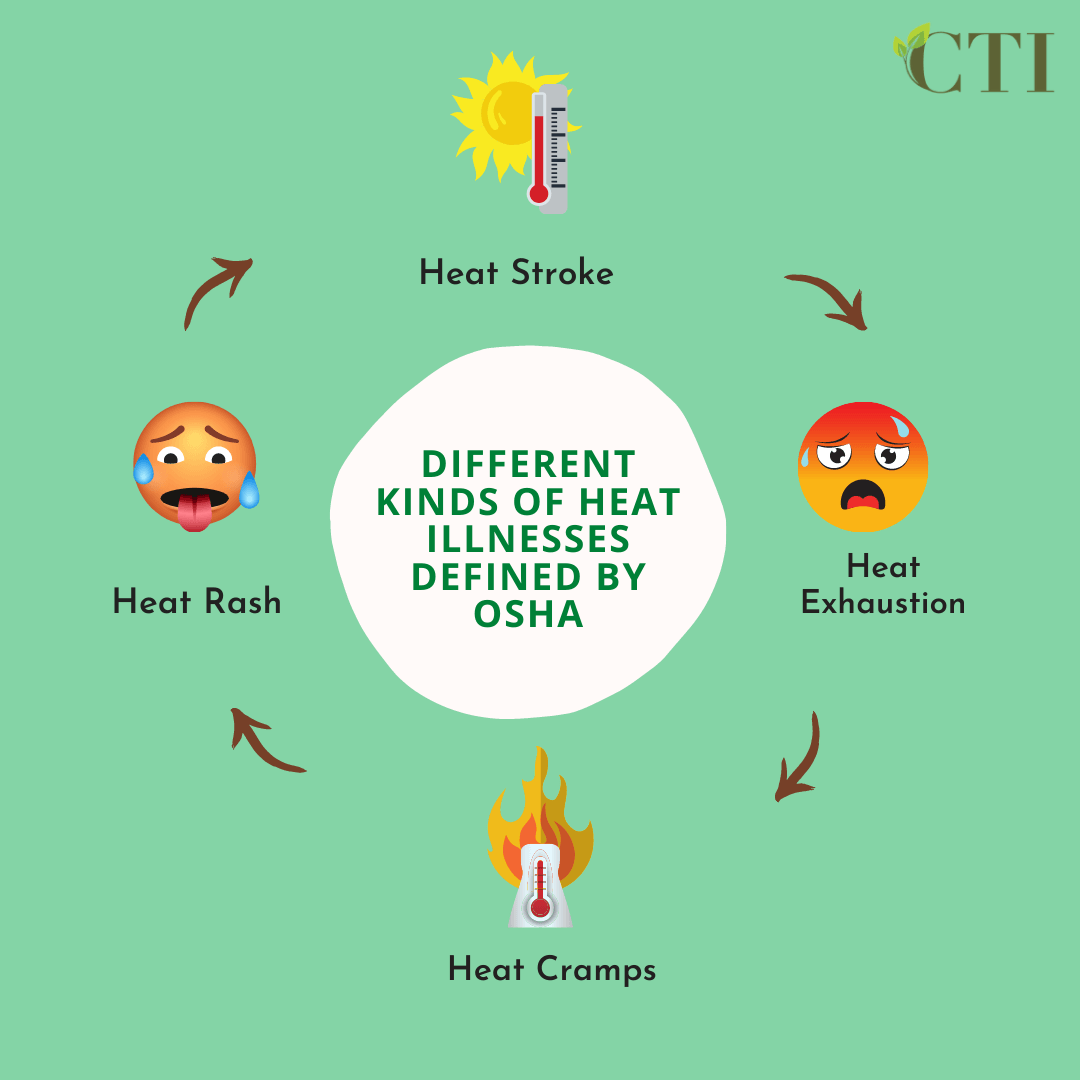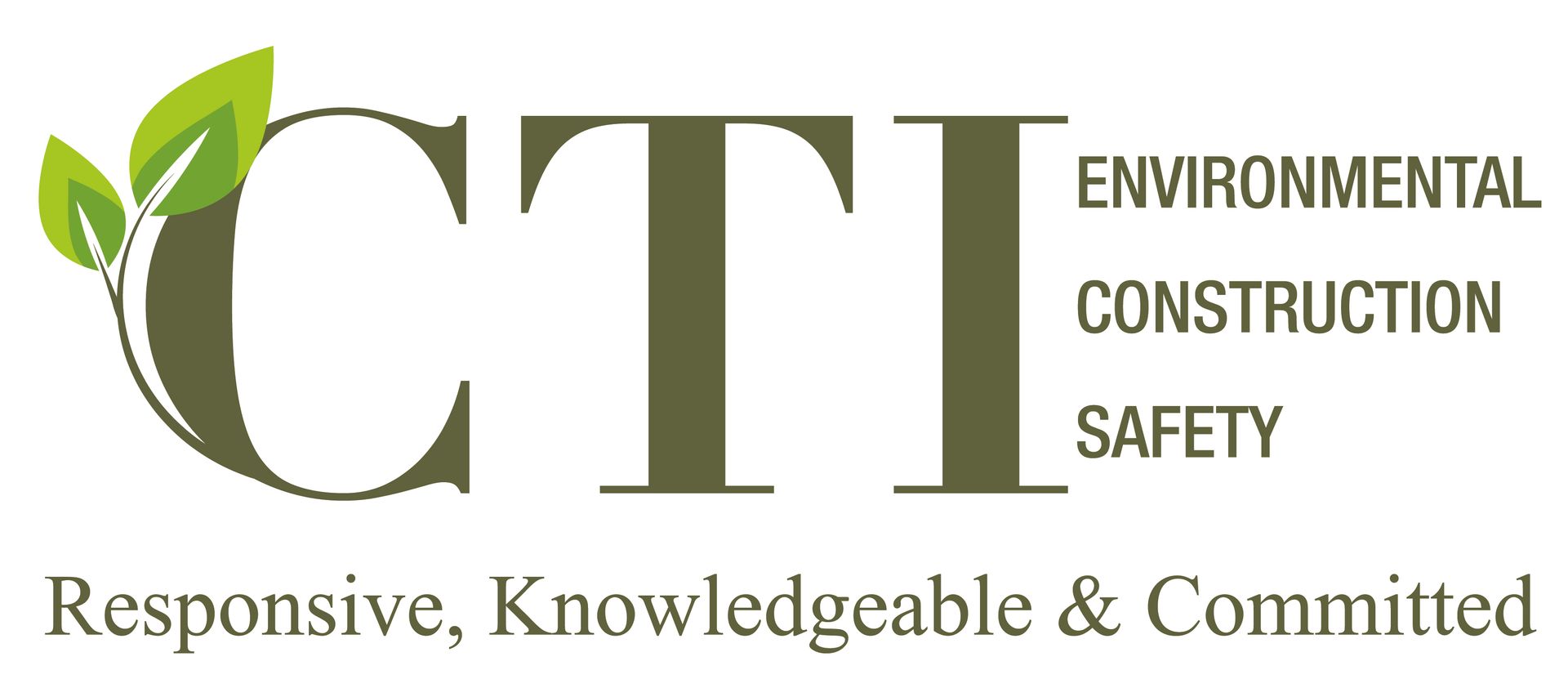Environmental Phase 1
Intern Insight
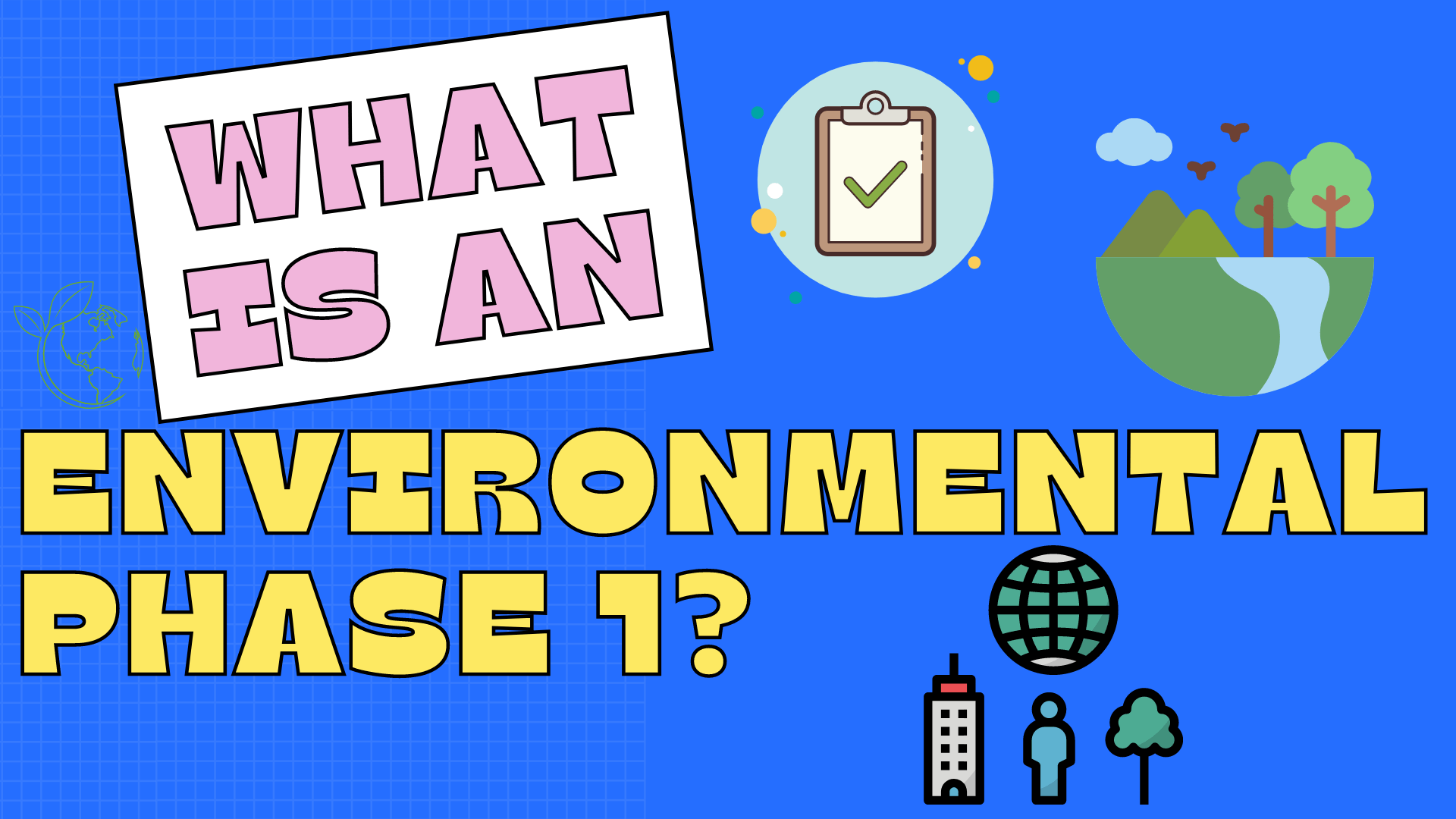
What is an Environmental Phase 1?
An Environmental Phase 1, also known as an Environmental Site Assessment (ESA or Phase 1 ESA), is the process of determining the environmental condition of a property. The main objective of an ESA is to research a site's current and historical background to determine potential groundwater and soil risks or contamination that could harm the environment or people. If hazards are found, the owner of the property can be liable. Various properties can undergo ESA inspections, such as commercial, agricultural, vacant land, industrial, and residential.The assessment can involve discussions regarding lead-based paint, asbestos, mold growth, and lead in drinking water if the client requests it. ASTM E1527-13 implements the guidelines for the ESA Phase 1, while specific properties, like a Small Business Enterprise, may have different requirements than other types of properties.
What does an Environmental Phase 1 Encompass?
- A site inspection which researches and examines the property and adjacent properties to determine possible environmental hazards
- A full analysis of federal, state, tribal, and local regulatory databases relating to above and underground storage tanks, suspected release cases, storage of hazardous substances, disposal of hazardous waste, and institutional and engineering controls
- Research on historical records of aerial photographs, fire insurance maps, historical city directories, and historical topographic maps
- Research of state and local environmental agencies, Building Departments, Fire Departments, and Health Departments
- Interview with current and past property owners
Some Common Sites that Cause Concerns:
- Dry Cleaners
- Gas Stations
- Auto/Vehicle Repair
- Printing Operations
- Manufacturing
Why is it important?
Receiving an Environmental Phase 1 assessment is vital for liability protection enforced by the Comprehensive Environmental Response, Compensation, and Liability Act (CERCLA). In 1980 the judicial decision of the CERCLA enacted a stricter liability towards owners with environmental hazards. The GlobeST has a useful checklist for businesses to analyze and determine if an Environmental Phase 1 is essential/needed for them.
- Is CERCLA liability protection important to you? If yes, then only a Phase 1 will do.
- Property type
- If it is an industrial property or another high risk type property, a Phase 1 ESA is advisable.
- If it is an office building, apartment complex or other low risk property type, limited environmental due diligence could be considered.
- If it is vacant land that has never been developed, limited environmental due diligence could be considered.
- Property location (remember you are not only looking at your property during the environmental assessment, but also surrounding properties and how they might have an effect on your property.
- If the property is in an urban, highly developed area that has been so for a long time, a Phase 1 ESA is advisable.
- If the property is in a mostly undeveloped area, limited environmental due diligence could be considered.
- What does your lender require? This might be the most important question of all. Many lenders have their own scopes of work that they require depending on the loan type (for instance Fannie Mae, Freddie Mac , or HUD loans all have their own requirements for due diligence), property type or other risk factors.
What Happens After an Environmental Phase 1 is Complete?
After the necessary steps are complete for the ESA, the Environmental Professional will summarize all concerns and the additional steps needed to resolve the environmental issues. If the recognized environmental condition (REC) indicates a problem, then an Environmental Phase 2 will be conducted. That will entail acquiring soil, groundwater, or soil vapor samples to be analyzed.
Environmental Phase 1 vs. Environmental Phase 2
Environmental Phase 2 consists of soil and water sampling for potential contamination. With the lab results, they can compare them with the state and federal regulatory guidelines. If necessary, there may be an inspection for mold, radon, and lead paint. It also has the potential to include the identification of wetlands, ecological resources, or endangered species that can cause environmental harm. The main difference between a Phase 1 and Phase 2 assessment is their goal. An ESA Phase 1's goal is to assess the likelihood that the property is contaminated, while the ESA Phase 2 evaluates the presence of environmental contaminants.
Real World Story
Camp Parks- Dublin, CA
Camp Parks is a Global Support Training Center for the Army. An Environmental Site Assessment was conducted at Camp Parks, which determined that there was a potential environmental hazard. The Environmental Professionals inspected further and concluded that the underground and above ground tanks were hazardous to the soil and groundwater. They were then required to conduct extensive remediation for this issue to be resolved. This is a reason why the Environmental Phase 1 is important, to clean up contamination and keep our planet healthy.

Citations
https://www.partneresi.com/resources/blog/what-is-a-phase-i-environmental-site-assessment
https://www.geoforward.com/phase-1-environmental-site-assessment/
https://www.pmenv.com/services/phase-i-environmental-site-assessments
https://www.gleassociates.com/phase-i-versus-phase-ii-environmental-site-assessments/
